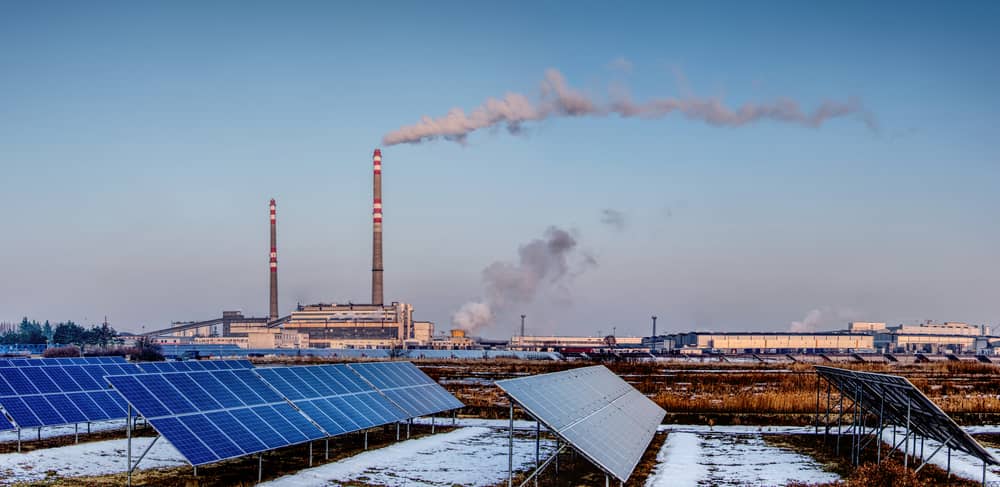For better or for worse, the proposed changes set out in S&P Dow Jones Indices’ (SPDJI) latest clean energy consultation of the year will mean BlackRock’s flagship thematic ETFs will finish 2021 with little resemblance to how they began it.
Having collectively grown tenfold in the twelve months through February this year, the iShares Global Clean Energy UCITS ETF (INRG) and iShares Global Clean Energy ETF (ICLN) were victims of their own success and the more than $12bn in assets they collected was funnelled into just 30 companies, many of whom were worth just a tenth of that themselves.
Facing a liquidity crisis, SPDJI overhauled the underlying index and successfully removed the immediate danger. Tripling the target number of index constituents, the ETFs’ risk-return profiles were improved and 90% of the most liquid holdings were able to trade at a combined daily volume six times higher than the previous basket.
However, as detailed in a report by Société Générale, the rebalance saw the ETFs’ constituent count rise to 81 including a 27% allocation to companies with only “some” clean energy involvement. While improving the liquidity and diversity of their index, SPDJI sacrificed its purity, with the intensity of clean energy exposure falling 15% after the reshuffle, the index provider itself noted.
Undoubtedly, the index provider’s first round of changes should be viewed as putting out a fire, however, its recent consultation had a more long-term and paradigmatic feel.
Directly addressing SocGen’s concerns about a lack of definitional clarity following the first consultation, SPDJI created tangible metrics to define its scoring tiers for clean energy involvement. Now, to be classed as having ‘some’ involvement or an exposure score of 0.5, companies must derive at least 25% of their aggregate revenue from clean energy-related businesses, while utilities stocks must generate at least 20% of their power from renewable sources.
Another concern was that the introduction of non-clean energy pure-play companies would harm the environmental, social and governance (ESG) credentials of the products tracking SPDJI’s clean energy index. To tackle this, SPDJI announced a more stringent carbon intensity screen methodology which measures the footprint of new constituents by comparing them to the mean average footprint of only pure-play stocks from the preliminary universe.
Despite this step, the larger-capacity S&P Global Clean Energy index still looks a lot less ESG friendly than the rendition that stood for 14 years. Not only are many of its constituents involved in activities outside of clean energy but its designers allow companies to be up to 25% involved in generating electricity from thermal coal, up to 10% involved in providing products and services that support military weaponry and allow up to 25% significant ownership of controversial weapons.
One area where the consultation definitely succeeded is in broadening its investment universe. Not only is it now planning to include clean energy stocks listed in emerging markets but also other areas of the clean energy value chain, including battery production, alternative energies, solar cell manufacturing and more.
What is important now is that SPDJI does not look to fill gaps with popular large caps such as Tesla or Taiwan Semiconductor as there is little point in offering companies one can find in a core exposure in ETFs with 65-basis point fees attached.
Overall, the proposed changes will hopefully create products that are better suited to investor needs and more fully capture the various sectors and geographies of the clean energy industry. What comes with this is a definite change in identity for the world’s most popular strategies. INRG and ICLN will certainly feel more grown-up and broad but ultimately less righteous and dark green.





